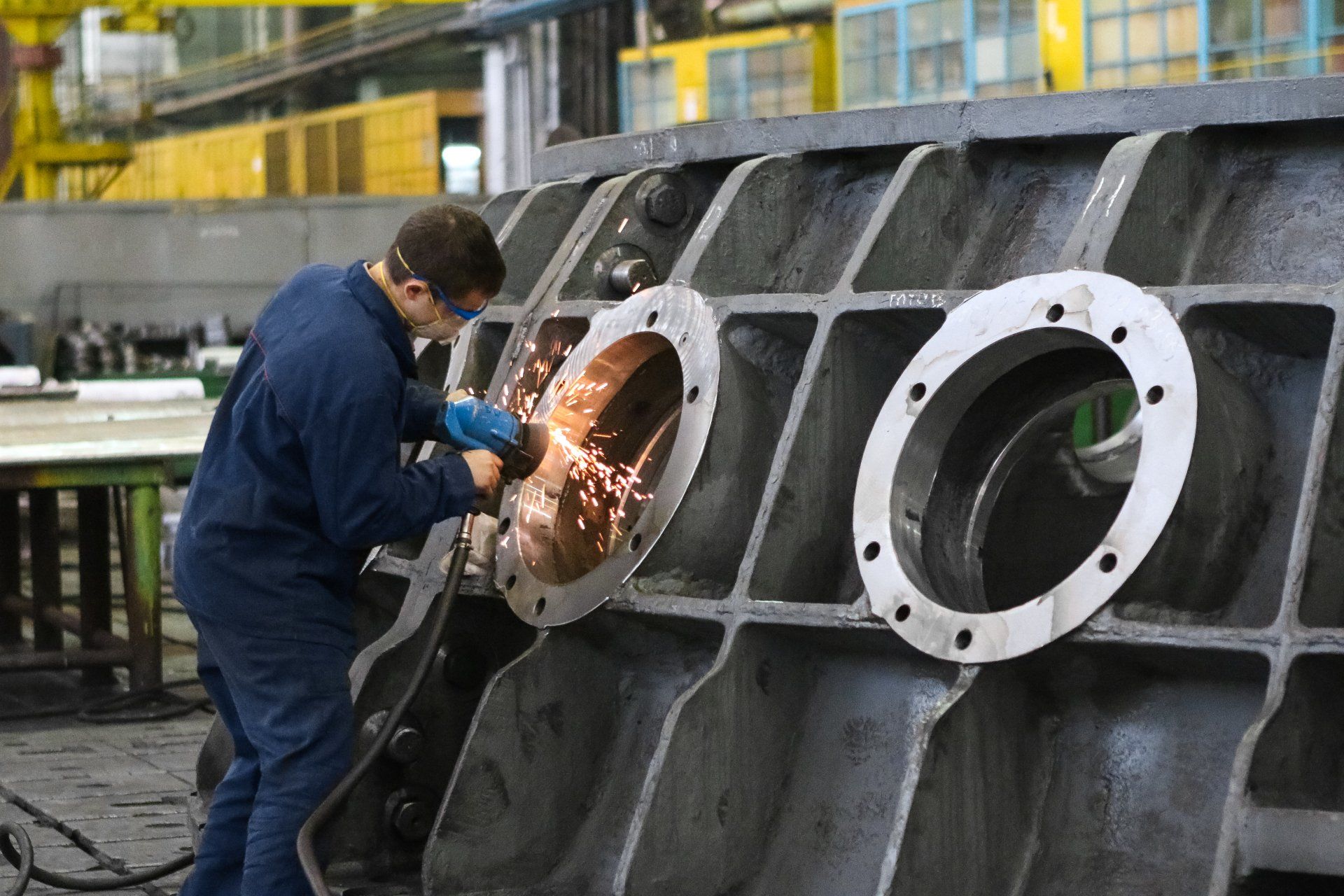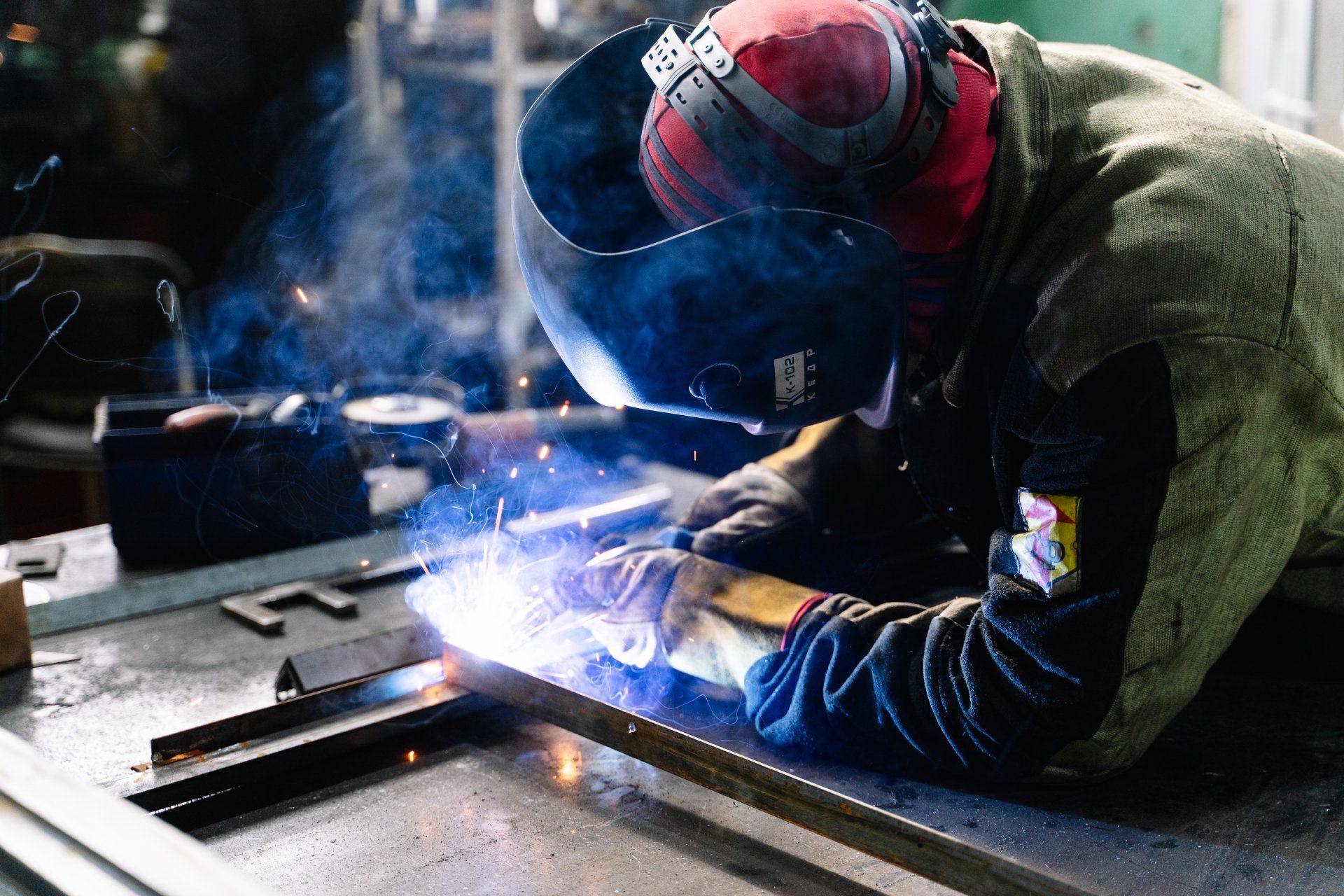Revolutionizing Manufacturing: harnessing the power of VR technology

VR's impact and applications in the manufacturing industry
Virtual Reality is changing how manufacturing is done in a wide range of industries such as automotive, aerospace, consumer electronics, heavy machinery, pharmaceuticals, and food sectors. VR addresses prototyping costs, assembly errors, training effectiveness, design iterations, maintenance efficiency, collaboration costs, production cycles, operator skill development, remote support, drug discovery speed, surgical outcomes, packaging errors, downtime, and food safety. VR optimizes processes, enhances skills, improves quality, and boosts competitiveness.
How VR is allowing manufacturing companies to optimize operations
VR has several applications in the manufacturing industry, revolutionizing processes and enhancing efficiency. Here are some ways in which VR can be used in manufacturing:
Product Design & Prototyping
VR empowers designers to create virtual 3D models, enabling them to visualize and refine products with remarkable precision. It accelerates the prototyping process, allowing for rapid iterations and reducing time to market.
Assembly Line Optimization
By simulating assembly line layouts in VR, manufacturers can identify bottlenecks, streamline workflows, and maximize efficiency. This optimization minimizes costs, boosts productivity, and ensures seamless operations.
Training & Skill Development
VR-based simulations provide a safe and immersive environment for training workers. From assembly line operations to complex machinery handling, employees can acquire practical skills and expertise, leading to higher productivity and reduced errors.
Quality Control & Inspections
VR enables inspectors to conduct detailed examinations of products, components, or parts virtually. This enhances the accuracy of quality control inspections, detects defects early on, and ensures adherence to stringent standards.
Remote Collaboration & Communication
With VR, teams can collaborate effortlessly regardless of geographical constraints. Engineers, designers, and experts can connect in a shared virtual space, facilitating real-time communication, efficient decision-making, and accelerating project timelines.
Maintenance & Repair
Virtual Reality can aid in maintenance and repair tasks by offering virtual guides and interactive instructions. Technicians can wear VR headsets and access real-time information, schematics, and animations superimposed on the physical equipment they are working on. This enhances efficiency, reduces downtime, and ensures accurate repairs, especially for complex machinery.
BSD is your trusted digital partner
BSD aims to make it easy for organizations to leverage complex technologies, having served organizations in a wide variety of industries. Areas of specialty include Virtual Reality, Augmented Reality, IoT and AI integrations, VR headset deployments, 360 Web Tours, mobile/web apps and prototyping, and so much more.
With BSD as your trusted partner, you can confidently embrace digital transformation and unlock the full potential of your business.
Empower your enterprise to craft and launch an exceptional XR endeavour through our streamlined four-step process.
Immersive experiences by BSD
Below is a taste of some of the immersive experiences developed by BSD.
Ready to transform your manufacturing company?
See how immersive technologies can improve safety, training, and efficiency for your business.
CONTACT US
Global Headquarters
1555 Dublin Avenue, R3E 3M8
Winnipeg, MB, Canada
PUBLIC RELATIONS
DIVISIONS
GENERAL
IN THE SPIRIT OF RECONCILIATION
We would like to acknowledge that the land on which we gather is Treaty One Territory, the home and traditional lands of the Anishinaabe (Ojibwe), Ininew (Cree), and Dakota peoples, and in the National Homeland of the Red River Métis. Our drinking water comes from Shoal Lake 40 First Nation.
Join 10,000+ people who get XR tips, insights, and company updates monthly.
Contact Us
We will get back to you as soon as possible.
Please try again later.
Privacy Policy Accessibility Sitemap Support
Bit Space Development Ltd.





